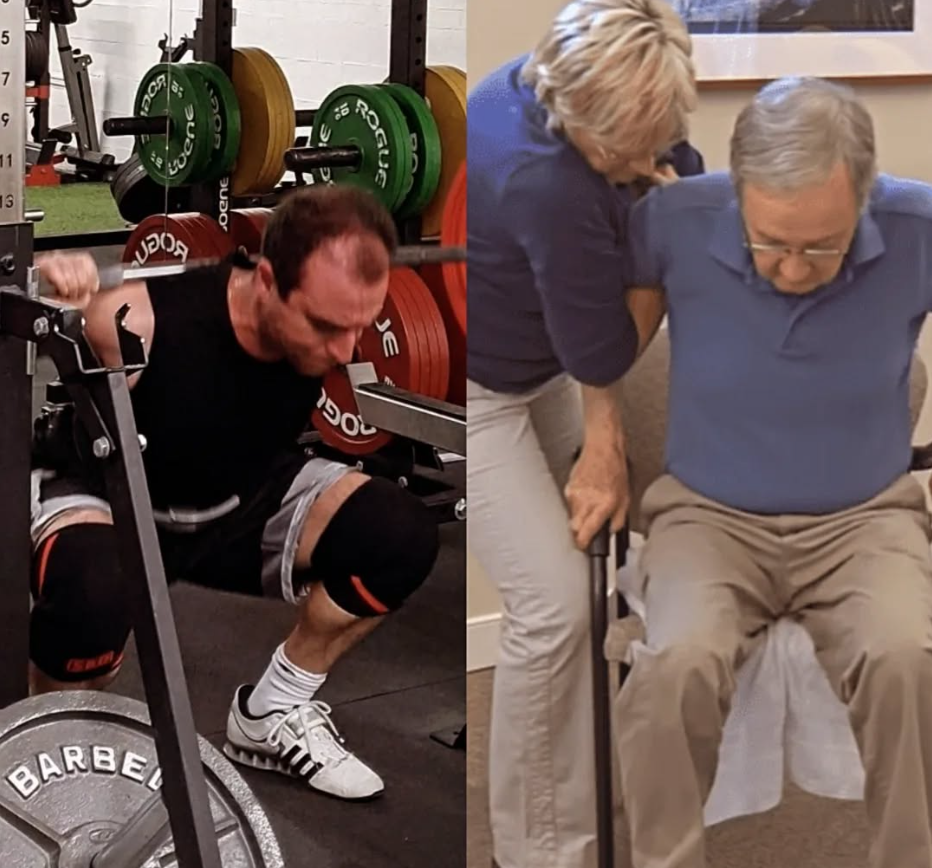A strong core doesn't protect your back?
- Stephen Strumos

- Oct 6
- 2 min read
It is commonly believed that core strength is the key to lower back pain. A strong core must mean that you can better protect your spine, and that should be reflected in the research, right?
The facts about your core and back pain
A 2021 study found that having a stronger core does NOT reduce the risk of getting back pain.
Another study found that the strength of your core is NOT related to the stability of your spine.
An even more damning study in 2023 found that core exercises do NOT reduce back pain better than any other exercise.
There have been many protocols developed to handle back pain specifically. You may have heard of the McGill Big 3 exercises or the McKenzie method, but similar studies have found that while these methods can help with back pain, they're no better than other exercises. The research shows that solely focusing on the "core" isn't the answer, and doesn't do what we think it does.
The single cause fallacy
People love to say that your back pain is caused by things such as:
❌️A weak core
❌️A bad mattress
❌️Lousy shoes
❌️Tight muscles
And by simply correcting this, your pain will be cured. I wish it were that simple. These factors may contribute to your pain, but because back pain, in particular, is multifactorial, you need to keep an eye on the bigger picture.
Breaking down your back pain to one single cause is a huge red flag. The large majority of back pain cases are what we call “non-specific”, meaning there isn’t a single known cause. (And by a large majority, I mean over 90% of cases based on the research).
What actually helps then?
This may make back pain cases seem even trickier to solve, and they can be. But the good news is that because so many different things can cause back pain, many different types of treatment can work.
For some, simply walking is enough to get the hips moving and take pressure off your back. It's often a fantastic starting point, especially for people with very sensitive or irritable spines.
Mobilizing your spine in different planes is always a great method, and there are an infinite number of ways to approach this. You can get your spine used to flexion in something like a Jefferson Curl, or use a gentle spinal extension stretch like a Cobra. Even squats, something not attributed to back strength, can be great for relieving back pain.
All of this isn't to say that training your core doesn't help with back pain. It definitely can; I only have a problem with boiling it down to being the only method that works.
To your good health,
Coach Stephen
References: Isokinetic Trunk Strength in Acute Low Back Pain Patients: https://pubmed.ncbi.nlm.nih.gov/33806622/
The Myth of Core Stability: https://pubmed.ncbi.nlm.nih.gov/20006294/
The Effects of Pilates Exercise in Comparison to Other Forms of Exercise for Low Back Pain: https://pubmed.ncbi.nlm.nih.gov/36912214/
Thanks for reading.
P.S.
Whenever you’re ready, here are a few additional ways that I may be able to help you.
Free:
Instagram: @CoachStrumos
*I share tons of bite-sized lessons and tips here
Paid:
1-on-1 Pain Management and Strength Coaching: Apply here
.png)



Comments